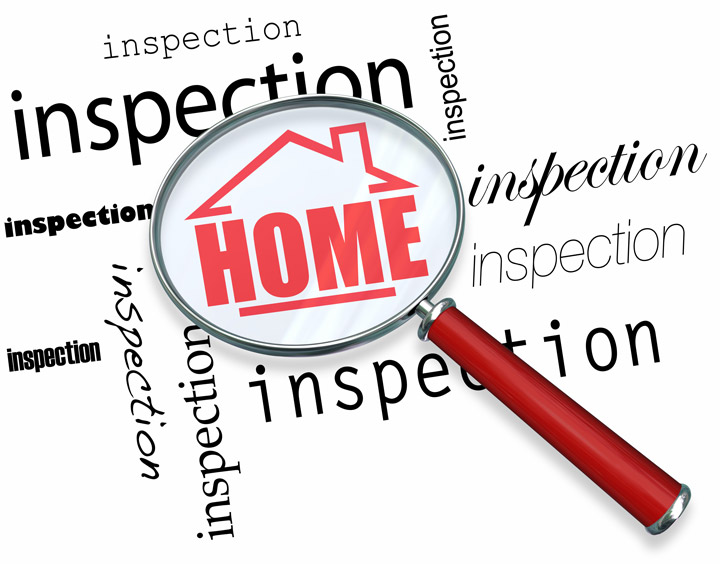
What Goes Into an Appraisal?Acquiring a home can be the most serious financial decision most people could ever consider. It doesn't matter if where you raise your family, an additional vacation property or a rental fixer upper, purchasing real property is an involved transaction that requires multiple people working in concert to pull it all off. Practically all the parties involved are very familiar. The most known person in the transaction is the real estate agent. Next, the mortgage company provides the financial capital needed to fund the transaction. And ensuring all aspects of the sale are completed and that the title is clear to pass from the seller to the purchaser is the title company. So, what party is responsible for making sure the property is worth the amount being paid? This is where the appraiser comes in. We provide an unbiased estimate of what a buyer might expect to pay — or a seller receive — for a parcel of real estate, where both buyer and seller are informed parties. A licensed, certified, professional appraiser from Tara Wing will ensure, you as an interested party, are informed. Inspecting the subject propertyOur first task at Tara Wing is to inspect the property to ascertain its true status. We must see aspects of the property hands on, such as the number of bedrooms and bathrooms, the location, and so on, to ensure they really are there and are in the shape a typical buyer would expect them to be. To ensure the stated size of the property is accurate and document the layout of the property, the inspection often requires creating a sketch of the floorplan. Most importantly, the appraiser looks for any obvious amenities - or defects - that would have an impact on the value of the property. Back at the office, we use two or three approaches to determining the value of real property: paired sales analysis and, in the case of a rental property, an income approach. 
Replacement CostThis is where we gather information on local building costs, labor rates and other elements to calculate how much it would cost to replace the property being appraised. This figure usually sets the upper limit on what a property would sell for. The cost approach is also the least used method. 
Paired Sales AnalysisAppraisers can tell you a lot about the subdivisions in which they work. They innately understand the value of specific features to the homeowners of that area. Then, the appraiser researches recent transactions in the neighborhood and finds properties which are 'comparable' to the subject at hand. By assigning a dollar value to certain items such as fireplaces, room layout, appliance upgrades, additional bathrooms or bedrooms, or quality of construction, we add or subtract from each comparable's sales price so that they are more accurately in line with the features of subject.
In the end, the appraiser reconciles the adjusted sales prices of all the comps and then derives an opinion of what the subject could sell for. When it comes to knowing the true worth of features of homes in Cape Coral and Lee, Tara Wing is your local authority. The sales comparison approach to value is usually given the most consideration when an appraisal is for a home exchange. Valuation Using the Income ApproachIn the case of income producing properties - rental houses for example - we may use a third approach to value. In this case, the amount of revenue the property produces is taken into consideration along with other rents in the area for comparable properties to derive the current value. Coming Up With The Final ValueCombining information from all approaches, the appraiser is then ready to put down an estimated market value for the property at hand. Note: While this amount is probably the most reliable indication of what a house is worth, it may not be the final sales price. Depending on the individual situations of the buyer or seller, their level of urgency or a buyer's desire for that exact property, the closing price of a home can always be driven up or down.Regardless, the appraised value is typically used as a guideline for lenders who don't want to loan a buyer more money than they could recover in case they had to put the property on the market again. Here's what it all boils down to, an appraiser from Tara Wing will help you get the most fair and balanced property value, so you can make the most informed real estate decisions. |